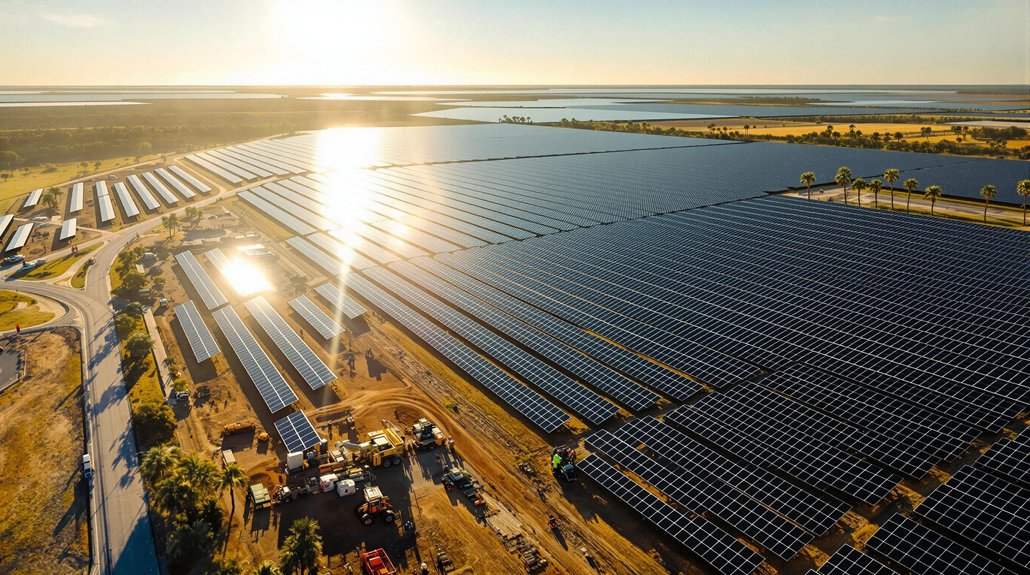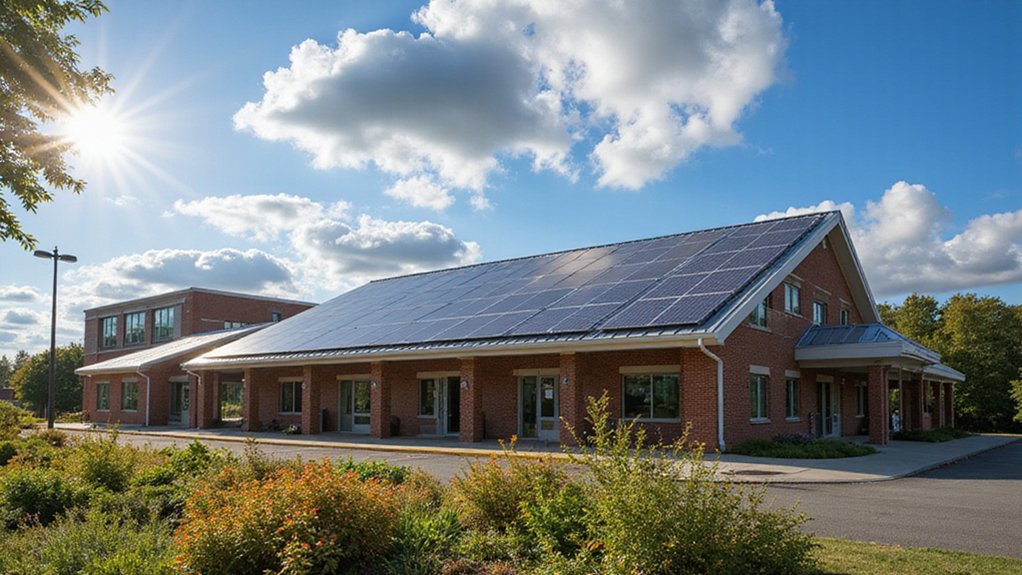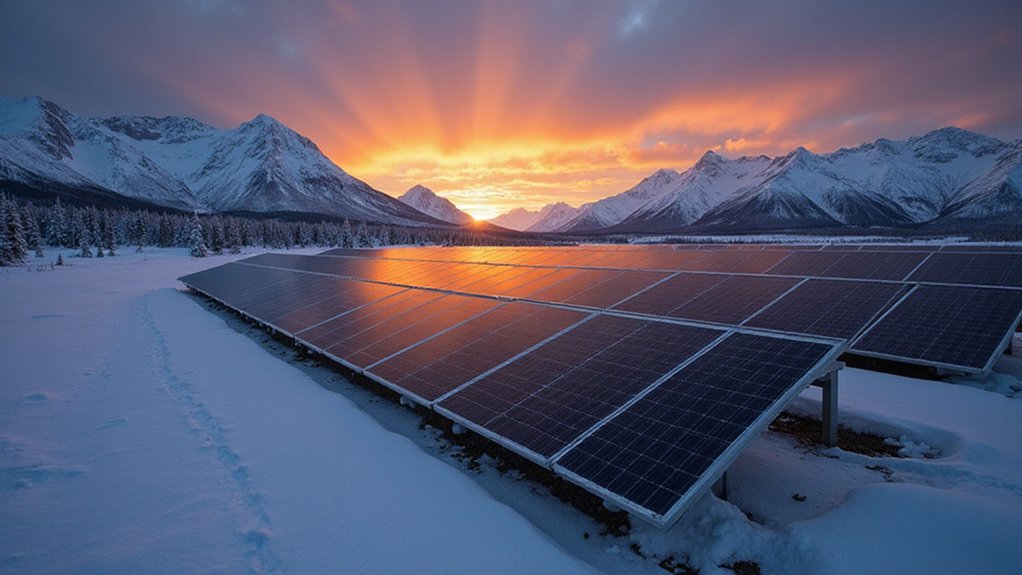Despite California’s current leadership with 30% of U.S. solar power and 7,880 KWh of generation, Florida is gaining ground quickly. The Sunshine State plans to add 12,816 MW of solar capacity in the next five years, while expanding incentives for residential adoption. Though Florida currently ranks third with 1,856 KWh of production behind Texas, its aggressive growth strategy suggests a shifting landscape in America’s solar power hierarchy.
As the United States races to expand its solar capacity, California continues to lead the nation with a commanding 30% of total solar power generation. The Golden State began promoting solar use back in 1976 and now generates 7,880 KWh, making it the top solar producer in America. California offers numerous state and local incentives and plans to add 22,630 MW more in the next five years.
However, Florida and Texas are gaining ground quickly in the solar race. Texas currently holds second place with 3,086 KWh of solar generation. The Lone Star State is increasing residential solar incentives as its growing population drives capacity expansion. Texas residents are turning to home solar systems to boost their energy security.
Texas is rapidly gaining solar market share, offering more incentives as residents seek energy independence through home solar installations.
Florida has emerged as the third-largest solar producer with 1,856 KWh generation. The Sunshine State is set to add 12,816 MW of solar in the next five years, narrowing the gap with California. Most of Florida’s solar comes from large-scale farms, though residential adoption is rising as residents face some of the country’s highest energy bills. This growth mirrors China’s success with distributed solar systems, which represent 41% of capacity in their national solar portfolio.
The U.S. solar industry reached a milestone in 2024, surpassing the 50-gigawatt mark for solar module production. America now ranks as the third-largest solar manufacturer globally. Financing options like leasing and PPAs have significantly increased solar accessibility throughout the country. Plans include adding 56 GW of new solar cell production, 24 GW of wafers, and 13 GW of ingots.
New technology is accelerating solar advancement. Perovskite-enabled panels have reached 28% solar conversion efficiency, producing 30% more power than typical silicon panels. These innovations allow more kilowatts from less space, with efficiency expected to hit 30% in 2025. Recent breakthroughs in perovskite-silicon tandem cells have achieved even higher efficiency rates of 33.7%, pointing to the next generation of solar technology.
Globally, installed solar capacity surpassed 2 terrawatts in 2024, adding a full terrawatt in just two years. This capacity can power about one billion homes and equals the total electricity capacity of India, USA, and UK combined.
U.S. manufacturing expansion continues with new factories in North and South Carolina, showing America’s commitment to solar leadership.









